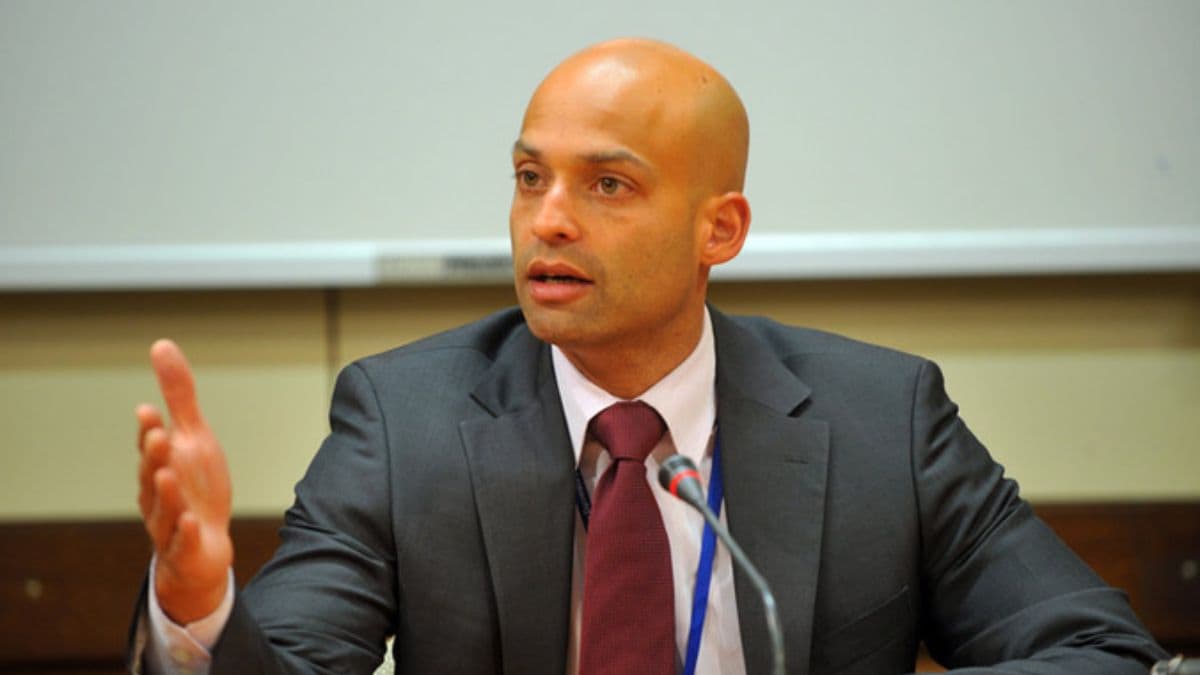As there is a ‘real prospect’ that an unconventional hybrid attack by Russia against Nato can cause ‘substantial’ casualties, the bloc needs to be clear about its red lines that it also needs to convey to Russia to deter such an attack, said a senior Nato officialread more
A top North Atlantic Treaty Organization (Nato) official has said that Russian hybrid attacks can cause “substantial” casualties and the bloc needs to clear about red lines that Russia cannot cross.
The statement comes at a time when Russia has been ramping up hybrid attacks against the West in the form of sabotage, arson, cyberattacks, assassinations of non-governmental figures, or subversive activities such as political interference or supporting domestic extremism. While there are clear red lines about conventional actions, the picture is not clear regarding hybrid warfare.
In an interview with Sky News at a time when Europe is grappling with undersea cables being damaged by China-Russia combine, top Nato official James Appathurai said there is a “real prospect” that an unconventional hybrid attack by Russia against a Nato member can cause “substantial” casualties.
To tackle with such a situation, Nato needs to be clear about a threshold that’s unacceptable, said Appathurai, the Deputy Assistant Secretary General of Nato for Innovation, Hybrid and Cyber.
‘We need to be clear about red lines’
Since the inception of Nato, the bloc has conveyed to Russia clearly that a conventional armed attack on a member-state would be met with a response.
A Russian armed conventional attack on a Nato member-state is likely going to be trigger the invocation of Article 5, which makes way for ‘collective defence’ that remains the foundation of the bloc. Under the principle, an attack on one member-state is considered an attack on all members and all members then pitch in to tackle the situation.
While such a clear red line has deterred a conventional armed attack so far, the picture is not rosy regarding hybrid attacks and kinetic attacks of lesser intensity.
Appathurai told Sky News that Russian hybrid attacks across Europe, the United States, and Canada are creeping up to a volume that would have been “utterly unacceptable” five years ago, with kinetic attacks such as cutting undersea cables and sabotage seeing a rise since the Russian invasion of Ukraine in 2022.
“We can definitely count dozens. Up to 100 for sure. But then there’s a lot of foiled plots,” said Appathurai.
When asked if hybrid attacks could also trigger Article 5, Appathurai said that he was worried that some hybrid attack may cause “substantial casualties”.
“What really worries me is that one of these attacks, as I say, will break through in a big way,” said Appathurai.
Referring to attempted assassination of Sergei Skripal, a former Russian spy, and his daughter Yulia in the United Kingdom from a nerve agent in 2018, Appathurai said, “So there is a real prospect of one of these attacks causing substantial numbers of casualties or very substantial economic damage and then what we don’t want is to be in a situation where we have not thought through what we do next. So that’s part of the reason why we’re going to exercise all of this. And that includes military elements of the response.”
Appathurai said that Russian attacks have reached a level that would have been unacceptable five years ago and “we’ve kind of gotten used to it…and that’s very dangerous”.
Appathurai stressed the need for Nato to set a threshold that it would not allow Russia to cross and convey it clearly.
More importantly, Appathurai said that Nato members should be clear about that unacceptable threshold among themselves.
“What we need to do now is to be clearer among ourselves and then decide how we communicate that also to the Russians, that there are no-go areas. So we do need and are working on being more clear about what these red bands — these areas are, these thresholds,” said Appathurai.
